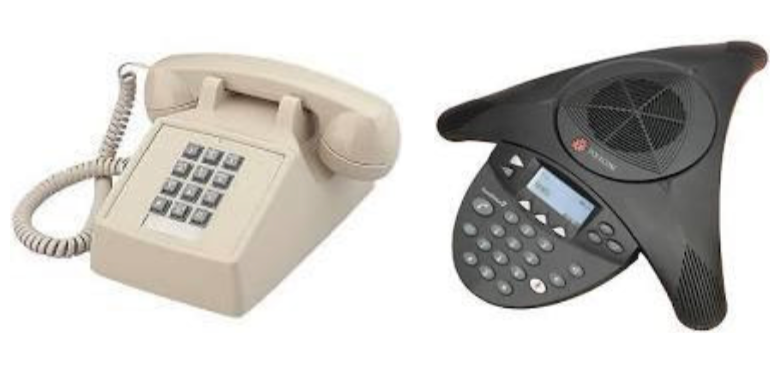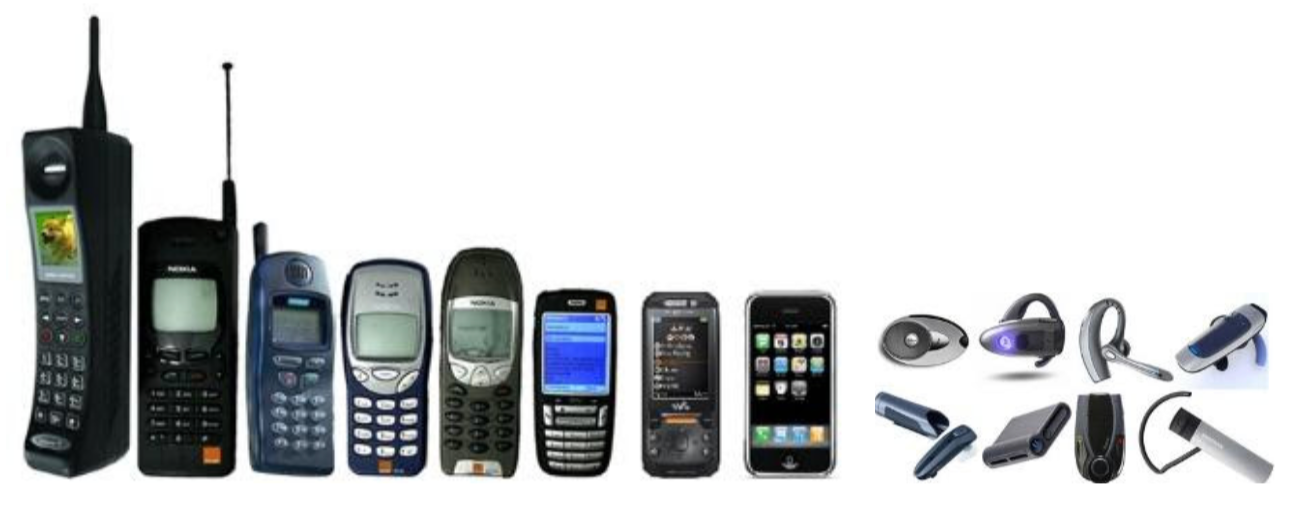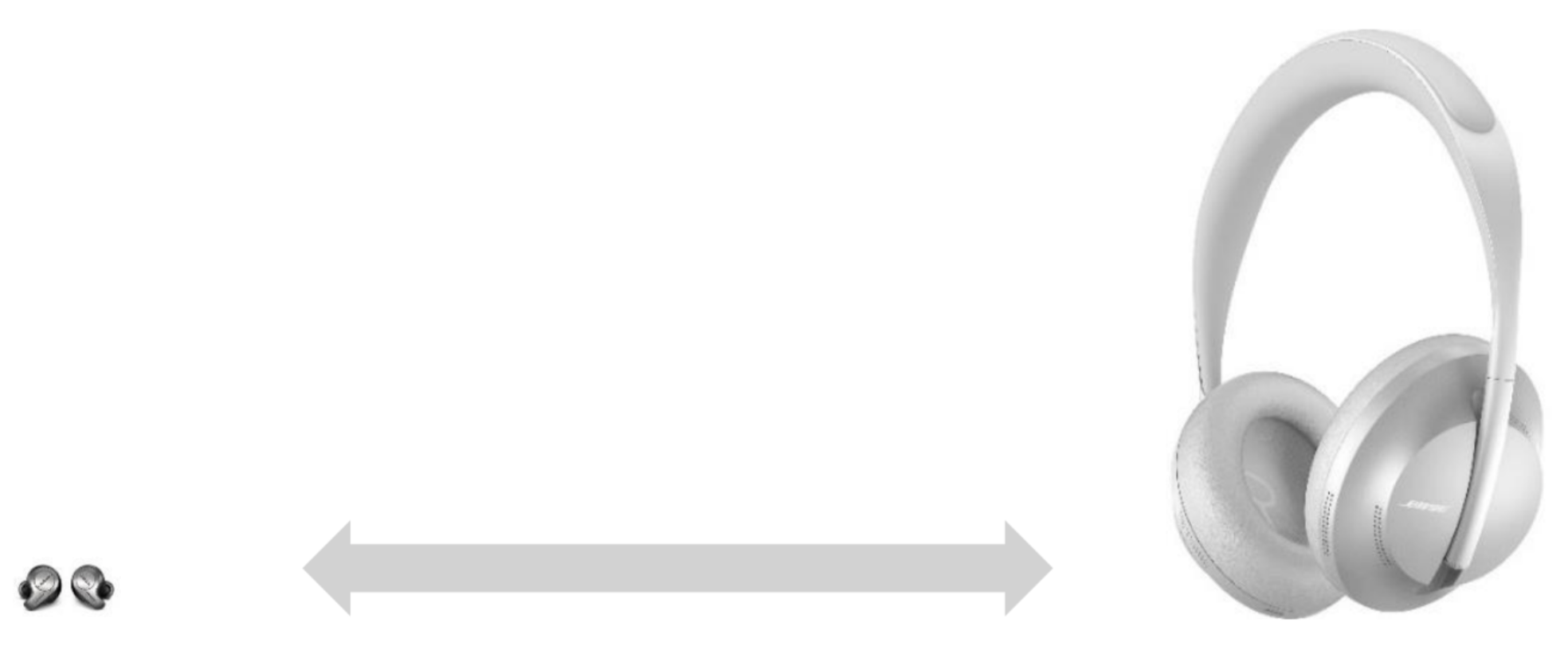by Gus Vos
Unless you have been living under a rock, you have been seeing and hearing a lot about 5G these days. In addition, if you are at all involved in Internet of Things (IoT) or other initiatives at your organization that use cellular networking technologies, you have also likely heard about 5G New Radio, otherwise known as 5G NR, the new 5G radio access technology specification.
However, all the jargon, hype, and sometimes contradictory statements made by solution providers, the media, and analysts regarding 5G and 5G NR can make it difficult to understand what 5G NR actually is, how it works, what its advantages are, to what extent it is different than other cellular radio access technologies, and perhaps most importantly, how your organization can use this new radio access technology.
In this blog, we will provide you with an overview on 5G NR, offering you answers to these and other basic 5G NR questions – with a particular focus on what these answers mean for those in the IoT industry.
We can’t promise to make you a 5G NR expert with this blog – but we can say that if you are confused about 5G NR before reading it, you will come away afterward with a better understanding of what 5G NR is, how it works, and how it might transform your industry.
What is the NR in 5G NR?
As its name implies, 5G New Radio or 5G NR is the new radio access technology specification found in the 5G standard.
Set by the 3rd Generation Partnership Project (3GPP) telecommunications standards group, the 5G NR specification defines how 5G NR edge devices (smart phones, embedded modules, routers, and gateways) and 5G NR network infrastructure (base stations, small cells, and other Radio Access Network equipment) wirelessly transmit data. To put it another way, 5G NR describes how 5G NR edge devices and 5G NR network infrastructure use radio waves to talk to each other.
5G NR is a very important part of 5G. After all, it describes how 5G solutions will use radio waves to wirelessly transmit data faster and with less latency than previous radio access technology specifications. However, while 5G NR is a very important part of the new 5G standard, it does not encompass everything related to 5G.
For example, 5G includes a new core network architecture standard (appropriately named 5G Core Network or 5GCN) that specifies the architecture of the network that collects, processes, and routes data from edge devices and then sends this data to the cloud, other edge devices, or elsewhere. The 5GCN will improve 5G networks’ operational capacity, efficiency, and performance.
However, 5GCN is not a radio access technology like 5G NR, but rather a core network technology. In fact, networks using the 5GCN core network will be able to work with previous types of radio access technologies – like LTE.
Is 5G NR one of 5G’s most important new technological advancements? Yes. But it is not the only technological advancement to be introduced by 5G.
How does 5G NR work?
Like all radio access communications technology specifications, the 5G NR specification describes how edge devices and network infrastructure transmit data to each other using electromagnetic radio waves. Depending on the frequency of the electromagnetic waves (how long the wave is), it occupies a different part of the wireless spectrum.
Some of the waves that 5G NR uses have frequencies of between 400 MHz and 6 GHz. These waves occupy what is called sub-6 spectrum (since their frequencies are all under 6 GHz).
This sub-6 spectrum is used by other cellular radio access technologies, like LTE, as well. In the past, using different cellular radio access technologies like this over the same spectrum would lead to unmanageable interference problems, with the different technologies radio waves interfering with each other.
One of 5G NR’s many advantages is that it’s solved this problem, using a technology called Dynamic Spectrum Sharing (DSS). This DSS technology allows 5G NR signals to use the same band of spectrum as LTE and other cellular technologies, like LTE-M and NB-IoT. This allows 5G NR networks to be rolled out without shutting down LTE or other networks that support existing LTE smart phones or IoT devices. You can learn more about DSS, and how it speeds the rollout of 5G NR while also extending the life of IoT devices, here.
One of 5G NR’s other major advancements is that it does not just use waves in the sub-6 spectrum to transmit data. The 5G NR specification also specifies how edge devices and network infrastructure can use radio waves in bands between 24 GHz and 52 GHz to transmit data.
These millimeter wave (mmWave) bands greatly expand the amount of spectrum available for wireless data communications. The lack of spectrum capacity has been a problem in the past, as there is a limited number of bands of sub-6 spectrum available for organizations to use for cellular communications, and many of these bands are small. Lack of available capacity and narrow spectrum bands led to network congestion, which limits the amount of data that can be transmitted over networks that use sub-6 spectrum.
mmWave opens up a massive amount of new wireless spectrum, as well as much broader bands of wireless spectrum for cellular data transmission. This additional spectrum and these broader spectrum bands increase the capacity (amount of data) that can be transmitted over these bands, enabling 5G NR mmWave devices to achieve data speeds that are four or more times faster than devices that use just sub-6 spectrum.
The additional wireless capacity provided by mmWave also reduces latency (the time between when device sends a signal and when it receives a response). By reducing latency from 10 milliseconds with sub-6 devices to 3-4 milliseconds or lower with 5G NR mmWave devices, 5G enables new industrial automation, autonomous vehicle and immersive gaming use cases, as well as Virtual Reality (VR), Augmented Reality (AR), and similar Extended Reality (XR) use cases, all of which require very low latency.
On the other hand, these new mmWave devices and network infrastructure come with new technical requirements, as well as drawbacks associated with their use of mmWave spectrum. For example, mmWave devices use more power and generate more heat than sub-6 devices. In addition, mmWave signals have less range and do not penetrate walls and other physical objects as easily as sub-6 waves. 5G NR includes some technologies, such as beamforming and massive Multiple Input Multiple Output (MIMO) that lessen some of these range and obstacle penetration limitations – but they do not eliminate them.
To learn more about the implications of 5G NR mmWave on the design of IoT and other products, read our blog, Seven Tips For Designing 5G NR mmWave Products.
In addition, there has been a lot written on these two different “flavors” (sub-6 and mmWave) of 5G NR. If you are interested in learning more about the differences between sub-6 5G NR and mmWave 5G NR, and how together they enable both evolutionary and revolutionary changes for Fixed Wireless Access (FWA), mobile broadband, IoT and other wireless applications, read our previous blog A Closer Look at the Five Waves of 5G.
What is the difference between 5G NR and LTE?
Though sub-6 and mmWave are very different, both types of 5G NR provide data transfer speed, latency, and other performance improvements compared to LTE, the previous radio access technology specification used for cellular communications.
For example, outside of its use of mmWave, 5G NR features other technical advancements designed to improve network performance, including:
• Flexible numerology, which enables 5G NR network infrastructure to set the spacing between subcarriers in a band of wireless spectrum at 15, 30, 60, 120 and 240 kHz, rather than only use 15 kHz spacing, like LTE. This flexible numerology is what allows 5G NR to use mmWave spectrum in the first place. It also improves the performance of 5G NR devices that use higher sub-6 spectrum, such as 3.5 GHz C-Band spectrum, since the network can adjust the subcarrier spacing to meet the particular spectrum and use case requirements of the data it is transmitting. For example, when low latency is required, the network can use wider subcarrier spacing to help improve the latency of the transmission.
• Beamforming, in which massive MIMO (multiple-input and multiple-output) antenna technologies are used to focus wireless signal and then sweep them across areas till they make a strong connection. Beamforming helps extend the range of networks that use mmWave and higher sub-6 spectrum.
• Selective Hybrid Automatic Repeat Request (HARQ), which allows 5G NR to break large data blocks into smaller blocks, so that when there is an error, the retransmission is smaller and results in higher data transfer speeds than LTE, which transfers data in larger blocks.
• Faster Time Division Duplexing (TDD), which enables 5G NR networks to switch between uplink and downlink faster, reducing latency.
• Pre-emptive scheduling, which lowers latency by allowing higher-priority data to overwrite or pre-empt lower-priority data, even if the lower-priority data is already being transmitted.
• Shorter scheduling units that trim the minimum scheduling unit to just two symbols, improving latency.
• A new inactive state for devices. LTE devices had two states – idle and connected. 5G NR includes a new state – inactive – that reduces the time needed for an edge device to move in and out of its connected state (the state used for transmission), making the device more responsive.
These and the other technical advancements made to 5G NR are complicated, but the result of these advancements is pretty simple – faster data speeds, lower latency, more spectrum agility, and otherwise better performance than LTE.
Are LPWA radio access technology specifications, like NB-IoT and LTE-M, supported by 5G?
Though 5G features a new radio access technology, 5G NR, 5G supports other radio access technologies as well. This includes the Low Power Wide Area (LPWA) technologies, Narrowband IoT (NB-IoT), and Long Term Evolution for Machines (LTE-M). In fact, these LPWA standards are the standards that 5G uses to address one of its three main use cases – Massive, Machine-Type Communications (mMTC).
Improvements have been and continue to be made to these 5G LPWA standards to address these mMTC use cases – improvements that further lower the cost of LPWA devices, reduce these devices’ power usage, and enable an even larger number of LPWA devices to connect to the network in a given area.
What are the use cases for 5G NR and 5G LPWA Radio Access Technologies?
Today, LTE supports three basic use cases:
• Voice: People today can use LTE to talk to each other using mobile devices.
• Mobile broadband (MBB): People can use smartphones, tablets, mobile and other edge devices to view videos, play games, and use other applications that require broadband data speeds.
• IoT: People can use cellular modules, routers, and other gateways embedded in practically anything – a smart speaker, a dog collar, a commercial washing machine, a safety shoe, an industrial air purifier, a liquid fertilizer storage tank – to transmit data from the thing to the cloud or a private data center and back via the internet.
5G NR, as well as 5G’s LPWA radio access technologies (NB-IoT and LTE-M) will continue to support these existing IoT and voice use cases.
However, 5G also expands on the MBB use case with a new Enhanced Mobile Broadband (eMBB) use case. These eMBB use cases leverage 5G NR’s higher peak and average speeds and lower latency to enable smart phones and other devices to support high-definition cloud-based immersive video games, high quality video calls and new VR, AR, and other XR applications.
In addition, 5G NR also supports a new use case, called Ultra-Reliable, Low-Latency Communications (URLLC). 5G NR enables devices to create connections that are ultra-reliable with very low latency. With these new 5G NR capabilities, as well as 5G NR’s support for very fast handoffs and high mobility, organizations can now deploy new factory automation, smart city 2.0 and other next generation Industrial IoT (IIoT) applications, as well as Vehicle-to-everything (V2X) applications, such as autonomous vehicles.
As we mentioned above, 5G will also support the new mMTC use case, which represents an enhancement of the existing IoT use case. However, in the case of mMTC, new use cases will be enabled by improvements to LTE-M and NB-IoT radio access technology standards, not 5G NR. Examples of these types of new mMTC use cases include large-scale deployments of small, low cost edge devices (like sensors) for smart city, smart logistics, smart grid, and similar applications.
But this is not all. 3GPP is looking at additional new use cases (and new technologies for these use cases), as discussed in this recent blog on Release 17 of the 5G standard. One of these new technologies is a new Reduced Capability (RedCap) device – sometimes referred to as NR Light – for IoT or MTC use cases that require faster data speeds than LPWA devices can provide, but also need devices that are less expensive than the 5G NR devices being deployed today.
3GPP is also examining standard changes to NR, LTE-M, and NB-IoT in 5G Release 17 that would make it possible for satellites to use these technologies for Non-Terrestrial Network (NTN) communications. This new NTN feature would help enable the deployment of satellites able to provide NR, LTE-M, and NB-IoT coverage in very remote areas, far away from cellular base stations.
What should you look for in a 5G NR module, router or gateway solution?
While all 5G NR edge devices use the 5G NR technology specification, they are not all created equal. In fact, the flexibility, performance, quality, security, and other capabilities of a 5G NR edge device can make the difference between a successful 5G NR application rollout and a failed one.
As they evaluate 5G NR edge devices for their application, organizations should ask themselves the following questions:
• Is the edge device multi-mode?
While Mobile Network Operators (MNOs) are rapidly expanding their 5G NR networks, there are still many areas where 5G NR coverage is not available. Multi-mode edge devices that can support LTE, or even 3G, help ensure that wherever the edge device is deployed, it will be able to connect to a MNO’s network – even if this connection does not provide the data speed, latency, or other performance needed to maximize the value of the 5G NR application.
In addition, many MNOs are rolling out non-standalone (NSA) 5G NR networks at first. These NSA 5G NR networks need a LTE connection in addition to a 5G NR connection to transmit data from and to 5G NR devices. If your edge device does not include support for LTE, it will not be able to use 5G NR on these NSA networks.
• How secure are the edge devices?
Data is valuable and sensitive – and the data transmitted by 5G NR devices is no different. To limit the risk that this data is exposed, altered, or destroyed, organizations need to adopt a Defense in Depth approach to 5G NR cybersecurity, with layers of security implemented at the cloud, network, and edge device levels.
At the edge device level, organizations should ensure their devices have security built-in with features such as HTTPS, secure socket, secure boot, and free unlimited firmware over-the-air (FOTA) updates.
Organizations will also want to use edge devices from trustworthy companies that are headquartered in countries that have strict laws in place to protect customer data. In doing so you will ensure these companies are committed to working with you to prevent state or other malicious actors from gaining access to your 5G NR data.
• Are the 5G NR devices future-proof?
Over time, organizations are likely to want to upgrade their applications. In addition, the 5G NR specification is not set in stone, and updates to it are made periodically. Organizations will want to ensure their 5G NR edge devices are futureproof, with capabilities that include the ability to update them with new firmware over the air, so they can upgrade their applications and take advantage of new 5G NR capabilities in the future.
• Can the 5G NR device do edge processing?
While 5G NR increases the amount of data that can be transmitted over cellular wireless networks, in many cases organizations will want to filter, prioritize, or otherwise process some of their 5G NR application’s data at the edge. This edge processing can enable these organizations to lower their data transmission costs, improve application performance, and lower their devices energy use.
5G NR edge devices that offer organizations the ability to easily process data at the edge allow them to lower their data transmission expenses, optimize application performance, and maximize their devices’ battery lives.
Originally posted here.




